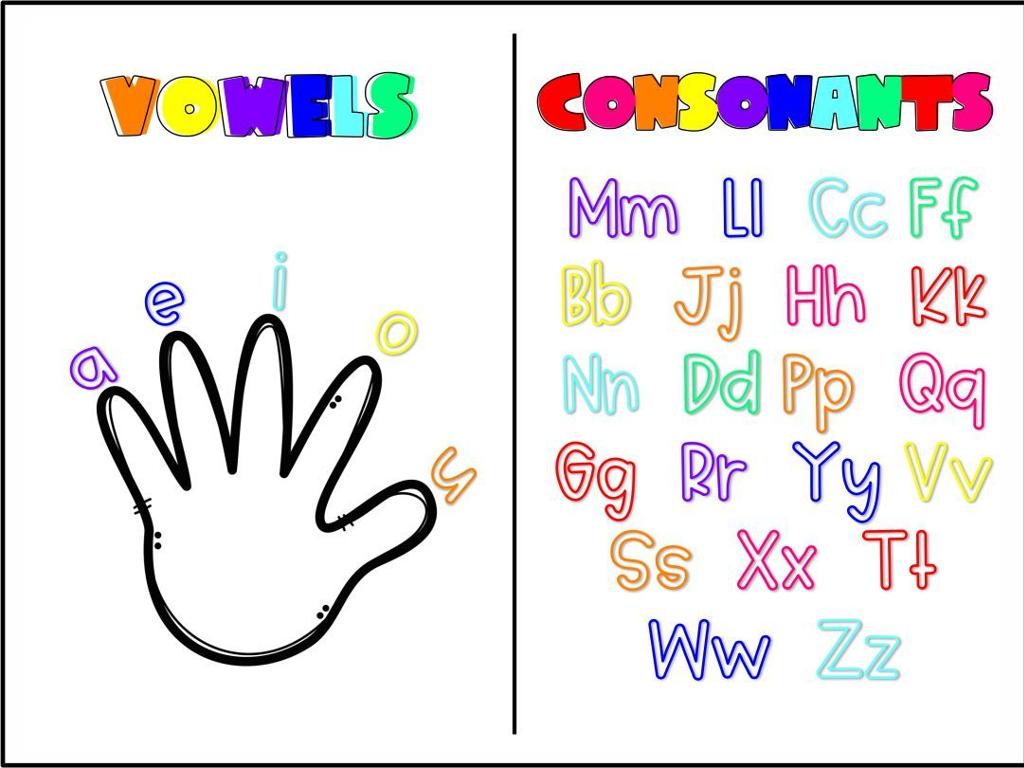Predict Heat Flow And Temperature Changes
Subject: Science
Grade: Seventh grade
Topic: Thermal Energy
Please LOG IN to download the presentation. Access is available to registered users only.
View More Content
Welcome to Thermal Energy!
– Understanding thermal energy
– Thermal energy is the total kinetic energy of particles in a substance.
– Exploring what is heat flow
– Heat flow is the movement of thermal energy from a warmer object to a cooler one.
– Investigating temperature changes
– Temperature change occurs when thermal energy is transferred between objects.
– Predicting heat transfer effects
– Using knowledge of materials and heat flow to predict temperature outcomes.
|
This slide introduces the concept of thermal energy, which is a crucial part of understanding how heat moves and causes temperature changes. Begin by explaining that thermal energy relates to the movement of particles within a substance and that it can be transferred from one object to another, known as heat flow. Discuss how this transfer can cause a change in temperature, and how different materials can affect the rate of this change. Encourage students to think about everyday examples of heat transfer, such as a spoon warming up in a hot soup or ice melting in a drink. The goal is for students to start predicting how heat will move in various scenarios, which is an important skill in science.
Understanding Thermal Energy
– Define thermal energy
– Thermal energy is the total kinetic energy of particles in a substance.
– Particles and thermal energy
– Particles move faster when heated, increasing thermal energy.
– Thermal energy in daily life
– Examples: Sun warming the Earth, boiling water, and melting ice.
– Observing heat flow
|
This slide introduces the concept of thermal energy, which is a central topic in understanding heat flow and temperature changes. Begin with the definition, emphasizing that it’s the kinetic energy resulting from the movement of particles in an object. Explain that as particles move faster when heated, they increase the object’s thermal energy. Provide relatable examples such as the warmth from the sun, water boiling on a stove, and ice melting on a warm day to illustrate the concept. Encourage students to think of times they’ve felt temperature changes and to consider the particle movement behind those changes. This will help them grasp how thermal energy is present in everyday life and its importance in the natural world.
Heat Flow Basics
– Understanding heat movement
– Modes of heat transfer: Conduction, Convection, Radiation
– Conduction: Through solids, Convection: Through fluids, Radiation: Through empty space
– How materials influence heat flow
– Different materials conduct heat at different rates
– Conductors vs. Insulators
– Metals are good conductors, while materials like wood are insulators
|
This slide introduces the basic concepts of heat flow, which is crucial for understanding thermal energy. Heat moves from warmer to cooler areas and can be transferred in three ways: conduction (direct contact), convection (movement through fluids), and radiation (energy transfer through space). Materials play a significant role in how heat is transferred; some, like metals, are good at conducting heat, while others, such as wood or foam, are insulators and slow down heat transfer. Encourage students to think about examples of each type of heat transfer in their daily lives and discuss why certain materials are used for specific purposes based on their heat transfer properties.
Understanding Temperature Changes
– Define temperature
– Temperature measures how hot or cold something is, based on molecular motion
– How to measure temperature
– Thermometers measure temperature using scales like Celsius or Fahrenheit
– Explore factors affecting temperature
– Factors include heat exposure, chemical reactions, and physical state changes
– Investigate temperature change
|
This slide introduces the concept of temperature as a measure of the average kinetic energy or molecular motion within a substance. Emphasize the importance of temperature in everyday life and in scientific contexts. Discuss the tools used to measure temperature, such as thermometers, and the different scales that can be used, like Celsius and Fahrenheit. Explore the various factors that can cause temperature to change, including exposure to heat or cold, chemical reactions that release or absorb energy, and changes in the physical state (e.g., melting, boiling). Encourage students to think about how these factors play a role in natural phenomena and in engineered systems. Provide examples such as how heating up a balloon causes it to expand or how endothermic reactions can cause a decrease in temperature.
Predicting Heat Flow and Temperature Changes
– Explore heat capacity concept
– Heat capacity is the amount of heat needed to change an object’s temperature by a certain amount.
– Differentiate conductors and insulators
– Conductors transfer heat well, like metals; insulators, like wood, do not.
– Predict outcomes in thermal scenarios
– Given a scenario, determine how heat will move and affect temperatures.
– Apply knowledge to real-world examples
|
This slide aims to build a foundational understanding of how heat transfers and affects temperatures in various materials. Start by explaining heat capacity and how it determines the rate at which an object heats up or cools down. Discuss the difference between conductors and insulators, providing examples of each and explaining their role in heat transfer. Engage students in predicting the outcome of heat flow in different scenarios, such as a metal spoon in a hot soup or a foam cup with a hot drink. Encourage them to apply this knowledge to everyday situations they might encounter, reinforcing the concepts of thermal energy transfer.
Experiment Time: Predicting Heat Flow
– Predicting heat flow in materials
– Gathering materials for the experiment
– We’ll use metal rods, a heat source, and thermometers.
– Safety precautions for the experiment
– Always wear safety goggles and gloves. Handle heat sources with care.
– Recording observations and conclusions
|
This slide introduces an interactive class experiment focused on understanding heat flow and temperature changes. Students will predict how heat travels through different materials and then test their hypotheses using metal rods, a heat source, and thermometers. Emphasize the importance of safety by wearing protective gear and handling heat sources responsibly. After conducting the experiment, students should record their observations and draw conclusions to compare with their initial predictions. Possible activities include comparing heat flow in different metals, measuring temperature changes over time, and discussing the results in groups.
Class Activity: Heat Flow Challenge
– Form groups for the activity
– Predict heat flow in materials
– Consider how quickly or slowly heat might travel through various objects
– Record your observations
– Use a chart to keep track of temperature changes over time
– Discuss findings with the class
– Share your group’s predictions and results, compare with others
|
This group activity is designed to help students understand the concept of heat flow through different materials. Divide the class into small groups and provide a variety of materials (metal, wood, plastic, etc.). Each group will make predictions about how heat will travel through each material and then conduct experiments using warm water or other safe heat sources to observe actual heat flow. Students should record temperature changes at regular intervals to see how quickly or slowly heat is conducted. After the experiment, groups will discuss their observations and compare their predictions to the actual results, fostering a deeper understanding of thermal conductivity. Possible variations of the activity could include using different temperatures of water, comparing insulators versus conductors, or exploring the effect of material thickness on heat flow.
Conclusion: Thermal Energy Essentials
– Recap of key thermal energy points
– Significance of thermal energy
Understanding it is crucial for grasping how heat affects matter and energy usage.
– Open floor for questions
– Review homework assignment
Ensure to complete the worksheet on predicting heat flow.
|
As we wrap up today’s lesson, it’s important to revisit the main points we’ve covered about thermal energy, including how heat flows from warmer to cooler objects and how temperature changes can be predicted. Emphasize the importance of understanding thermal energy in everyday life, such as in weather patterns, home insulation, and cooking. Encourage students to ask any lingering questions they might have to clarify their understanding. Finally, remind them of the homework assignment, which involves a worksheet where they will apply what they’ve learned to predict heat flow in different scenarios. This exercise will help reinforce today’s lesson and prepare them for the next class.






